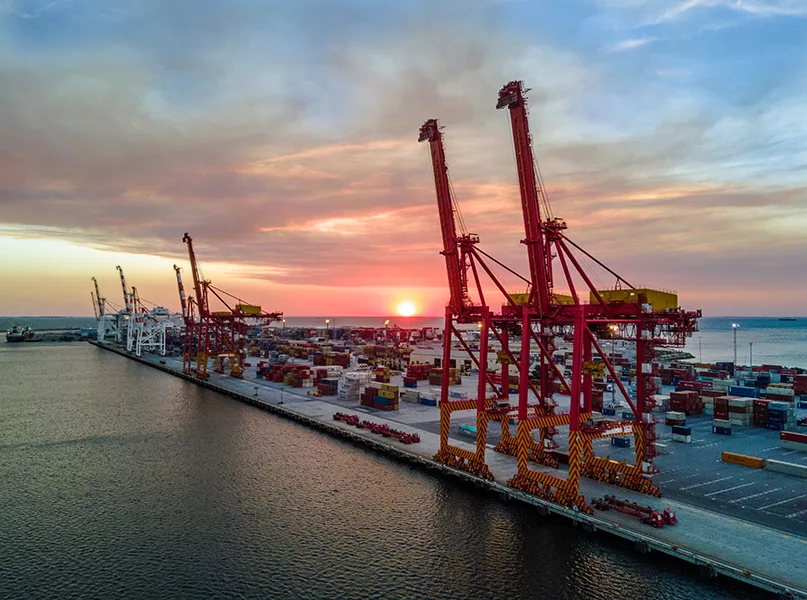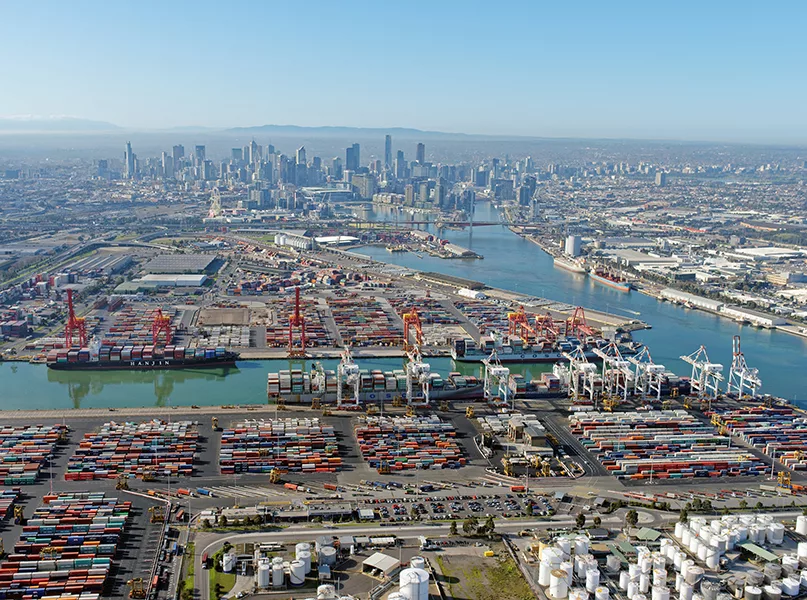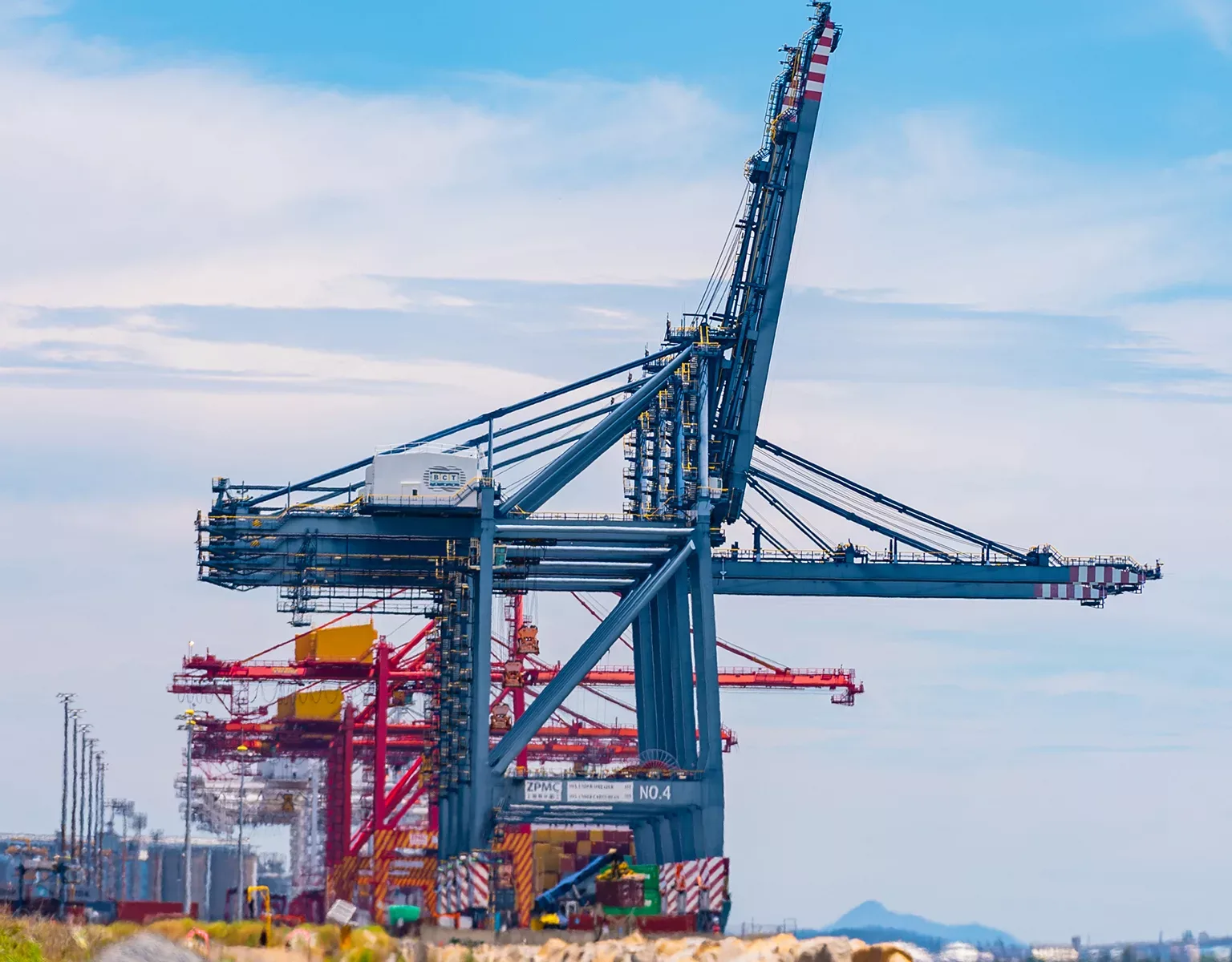MEMBERS OF THE COMMUNITY
As just one example of myriad initiatives taking place across the sector, Gladstone Port Corporation (GPC) – a multi-commodity port based in Queensland – acknowledges its location on the original lands of the First Nation peoples Bailai, Gurang, Gooreng Gooreng, Taribelang Bunda, Darumbal, Kabi Kabi and Butchulla.
Consequently, an Indigenous Land Use Agreement (ILUA) has been established between GPC and the Port Curtis Coral Coast (PCCC) people, which is referred to as ‘GPC and First Nations Bailai, Gurang, Gooreng Gooreng, Taribelang Bunda People Aboriginal Corporation (RNTBC) ILUA’. This voluntary partnership ensures the responsible and respectful management of the lands and sea on which GPC does business to deliver sustainable and mutual prosperity.
This is furthered by the port’s Resources and Infrastructure Traineeship, which commenced in 2016 and is a two-year programme rotating between four key areas of the ports: marina office, building services, warehouse and parks and gardens. Once completed, trainees obtain a Certificate II in Resources and Infrastructure Work Preparation, with the programme specifically designed to support the region’s future Aboriginal, Torres Strait Islander and Australian South Sea Islander leaders in their journey from education and training to employment and long-term career pathways. The Traineeship highlights GPC’s ongoing commitment to genuine reconciliation and equal opportunities.
Projects that work collaboratively with stakeholders to solve problems, share knowledge for the collective good and improve the community environment are an integral component of port operations.

SUSTAINABLE AUSTRALIA
In the context of the escalating climate crisis, the port sector, as with all industries, is embracing the transition towards a more environmentally friendly means of operation. With sustainability planning widely considered as an essential requirement for business success, ports across Australia are committed to demonstrating leadership in an operational environment to create positive change geared towards longevity and prosperity for all those involved.
With respect to carbon emissions in the transportation of commodities, port transport continues to be one of the lowest emitters in terms of efficiency compared to road transport or intermodal rail. The sector plays a major role within the wider national goal of the Australian government’s commitments of achieving the United Nation’s (UN) Sustainable Development Goals (SDGs) and adhering to the 2030 Agenda for Sustainable Development.
As a result, many ports are now officially incorporating decarbonisation into their master planning, including accounting port contributions into the Scope 3 emissions of their customers, and setting in stone their alignment with key industry initiatives, like the Sustainable Strategy Development Guidelines, as developed by Ports Australia.
Aside from optimising the internal operations of the ports themselves, these nodes of transport are critical to accelerating the energy transition of the country as a whole in facilitating the implementation of renewable energy sources, with offshore wind power as the most obvious example.
Currently, as Australia is embarking on an exciting foray into offshore sites for wind power generation, ports are stepping up to the plate by bringing these projects to fruition, fulfilling a crucial logistical role in their successful construction and servicing.
Alongside this ongoing development, a host of exciting projects are underway across the field that seek to manage environmental surroundings, reduce carbon emissions, help to facilitate the clean energy transition, improve air and water quality or stimulate a circular economy.
2022 saw a major breakthrough in this area, with the announcement of the world’s first 100 percent renewable energy precinct due to be launched in Sydney Harbour. Catering to international bulk ships and cruise vessels, this is the first bulk shipping precinct of supply of shore power and the first for cruise ships in the southern hemisphere.
Shore power entails the provision of shoreside electrical power to a ship at berth whilst its main auxiliary engines are shut down, thereby reducing the air pollution emissions typically resulting from the consumption of fuel. The new precinct is anticipated to remove up to 14,000 tonnes of CO2 over a 12-month period.
An area ripe for future development – much like offshore wind – shore power promises to be a fruitful avenue that best demonstrates the results of healthy collaboration between industry and government in working towards a sustainable Australia, together.
As reflected by these commitments and endeavours in working towards shared goals, today, there is an increasing degree of inter-regional connection and collaboration between ports in Australia and surrounding countries such as New Zealand, Papua New Guinea (PNG), the Solomon Islands and the South Pacific, as they are all confronting similar conditions with respect to the climate.
With all the essentials of daily life primarily transited through a port, a healthy and efficient port system – on both sea and land – has the universal benefit of lowering the cost of living and increasing the competitiveness of the country’s exports, whilst also driving sustainable growth. They must therefore be seen as a healthy and necessary contributor for the benefit of all Australians.







































